R is for Rhododendron Leafhoppers
In the south-east of England at least, rhododendron leafhoppers are now pretty common, having first arrived in the 1930s. Since becoming aware of their existence, I’ve not failed to find them in any rhododendron-rich area I’ve searched.
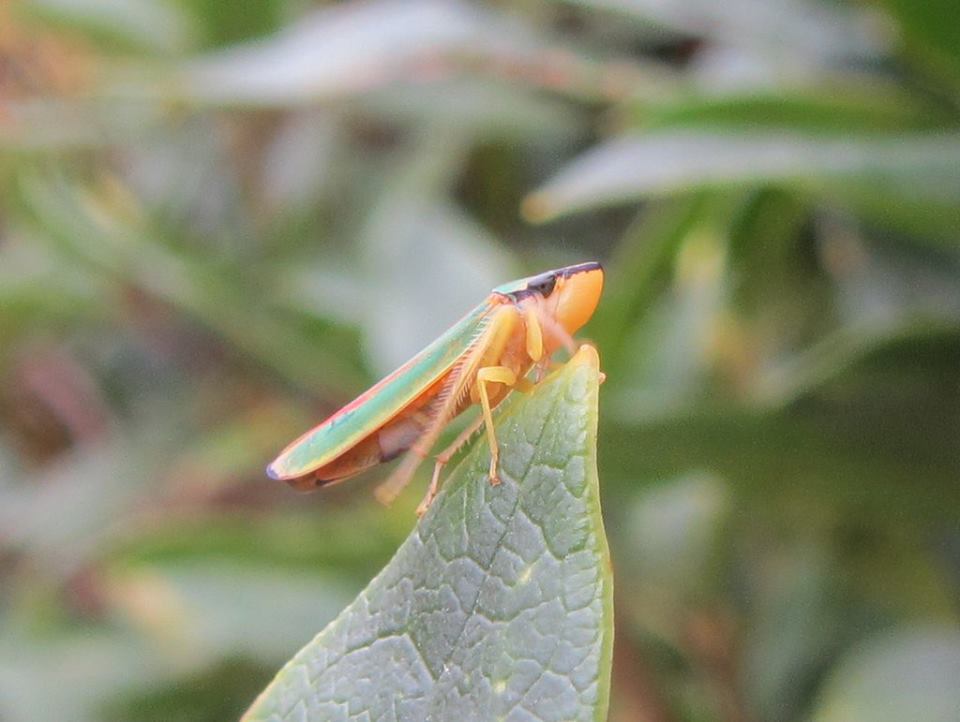 Image: Chris Foster
Image: Chris Foster A new favourite animal of mine is the spectacular leafhopper Graphocephala fennahi. Just look at it! A magnificent pale green beast that sports fetching scarlet stripes and gazes at the world from a striking yellow and black face. And it’s big too, up to 10mm long. That might not sound like much, but trust me, for a leafhopper that’s pretty impressive. It feeds on rhododendron sap and, like the plant, is not native to the UK, hailing originally from the southern part of the Appalachian Mountains in North America. In the south-east of England at least, rhododendron leafhoppers are now pretty common, having first arrived in the 1930s. Since becoming aware of their existence, I’ve not failed to find them in any rhododendron-rich area I’ve searched.
In recent years a second non-native, rhododendron-munching leafhopper has been found living in the UK. Placotettix taeniatifrons is much smaller, and less immediately striking, but is still an attractive animal – orange-brown, with upturned wings of a shape that is just about unique amongst UK Cicadellids. Back in September I chanced on a specimen on the campus of Reading University. The identity was confirmed for me by the very helpful Dr. Alan Stewart, who runs the UK recording scheme for Auchenorryncha (the sub-family of true bugs that includes leafhoppers). It turns out that this is still a very scarce insect in the UK – other records are restricted to a handful in London and one in Bedfordshire – though it’s more likely that it is under-recorded, rather than truly being restricted to these few fairly disparate locations.
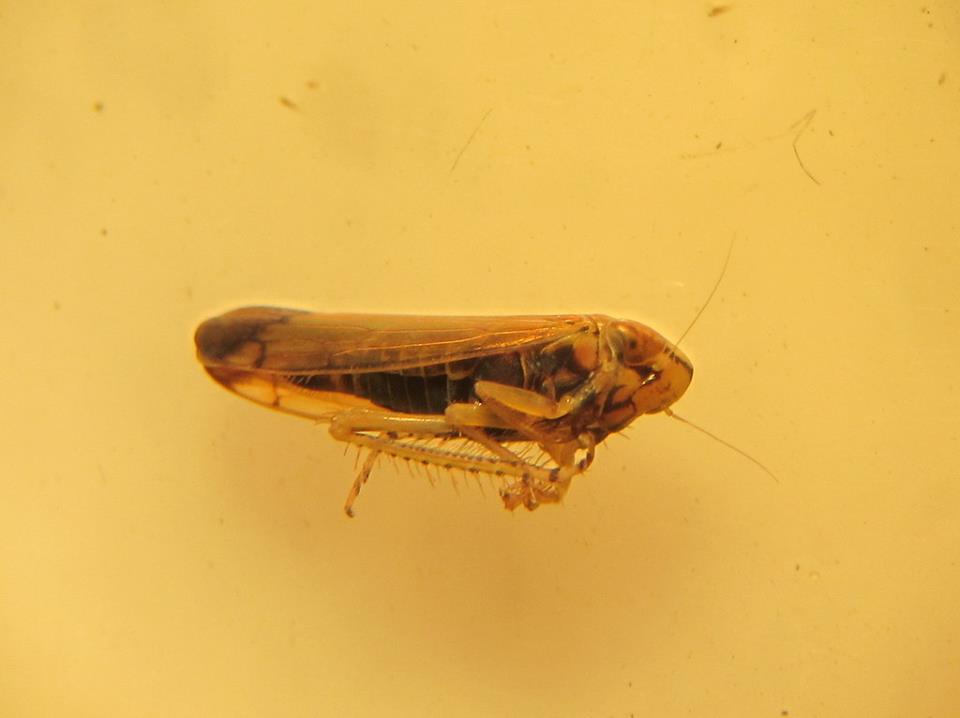
Placotettix taeinetifrons
Of course, as good conservationists you might, as you read this, be wondering why I’m bothering to look at a pair of non-native insects that, as far as we know, only eat one non-native plant, when this is a series purportedly about ‘British’ insects. All I can offer as excuses is that they are here, they’re quite pretty, and that I find it interesting to contemplate the how’s, whys, when’s and where’s of their introductions and subsequent spread in this country. So in the unlikely event that the eradication of wild-growing, invasive rhododendron from Britain became possible, would I advocate we save a few stands so I can continue to admire these intriguing insects?
Well, during a session on alien species at this year’s gathering of the New Networks for Nature group, Dr Ian Rotheram (from Sheffield Hallam University) did indeed suggest conserving some ‘alien’ plants as an established part of the cultural landscape, rhododendron included. You could sense the room full of predominately British conservationists shaking their heads and tutting, at least to themselves, but in response Rotherham made what I regard as a fair point: that conservation as much reflects what people actually want as it does any science-led attempt to return to a hard-to-define ‘natural’ baseline state. And it is of course an accident of ecological history that no rhododendron species occurs naturally in the British Isles: there’s certainly evidence that some did before the last Ice Age.
I still advocate pulling up rhododendron wherever it is likely to cause problems for contemporary native ecosystems I’m keener to conserve, of which bluebell woods would be just one example. But when I think of what else I want to see in the wild landscapes of Britain, I would definitely include big stripy leafhoppers. I’ve also found a fairly large variety of native insects sheltering on and under the broad, evergreen leaves of rhododendron in recent weeks. This may be a leap too far, but could it be that the conservation value of evergreen, non-native shrubs and trees has been overlooked?

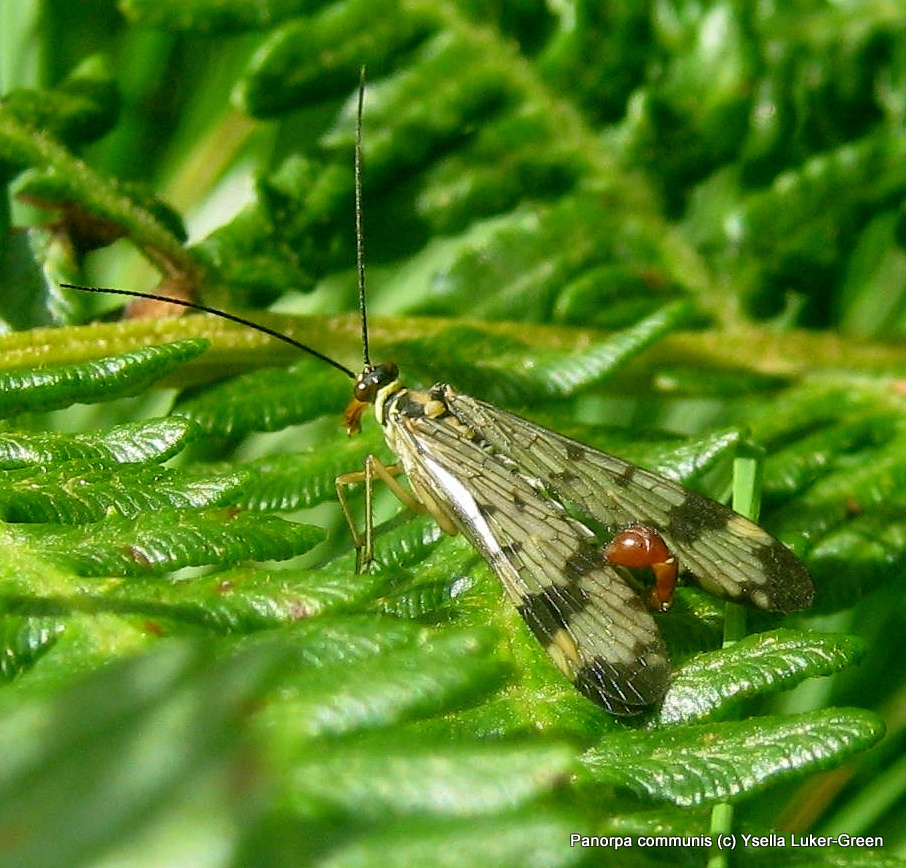
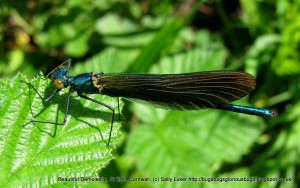
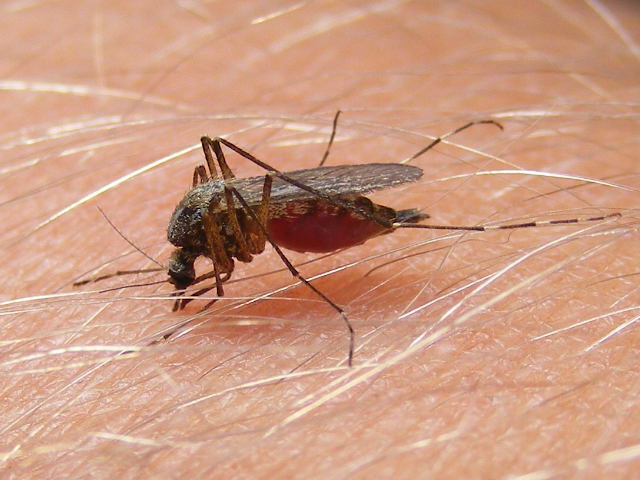
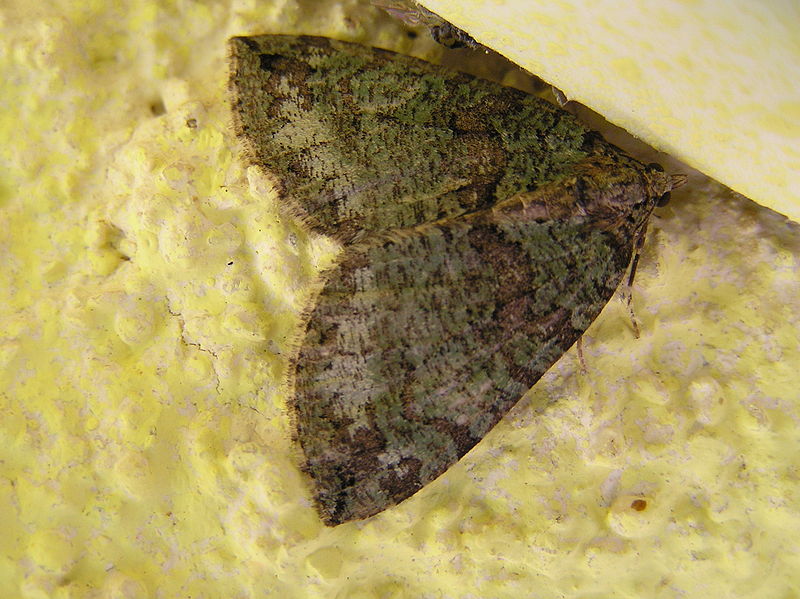
No comments yet.